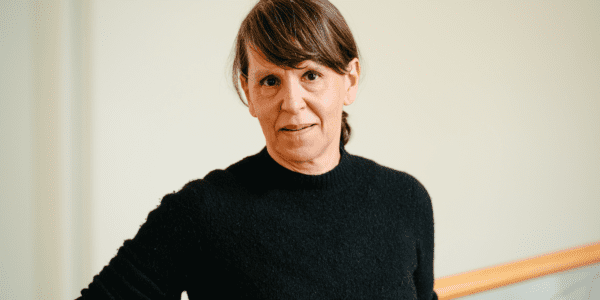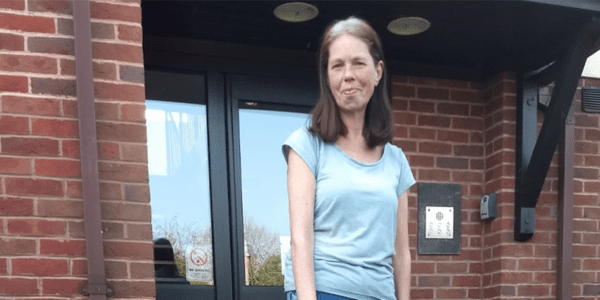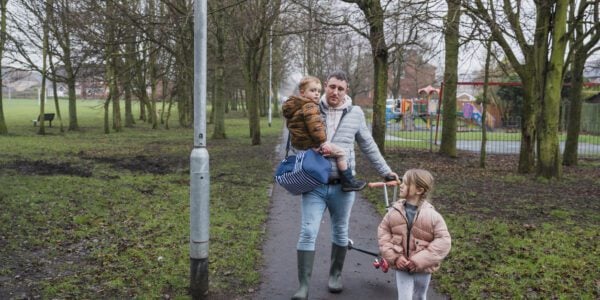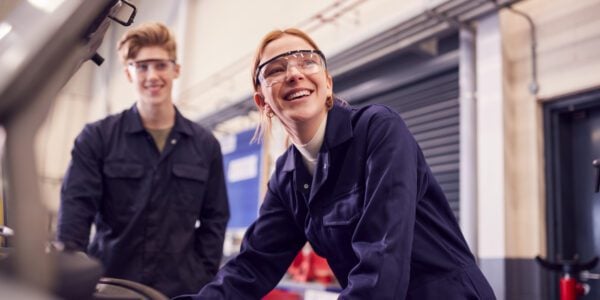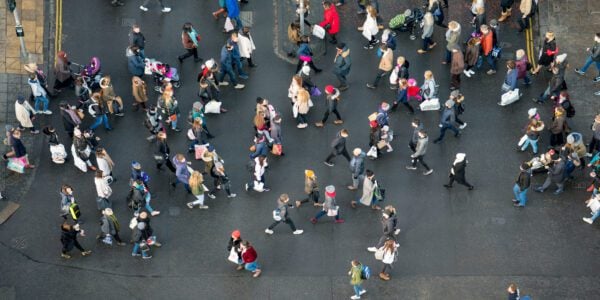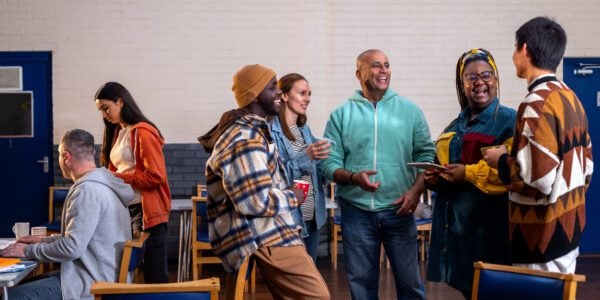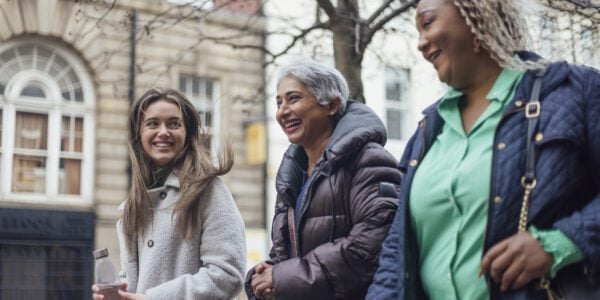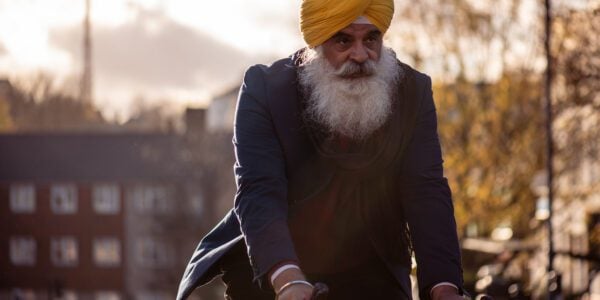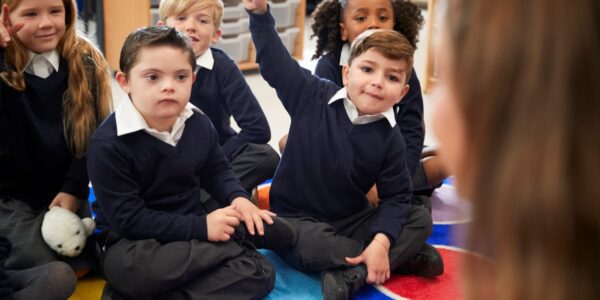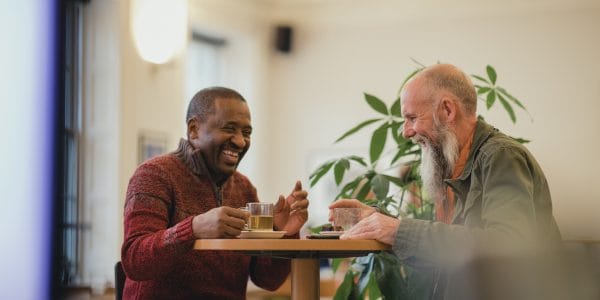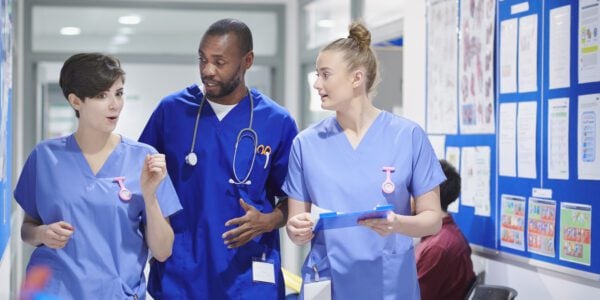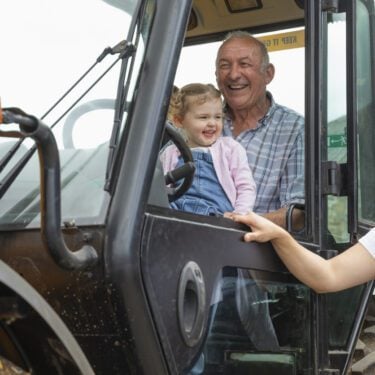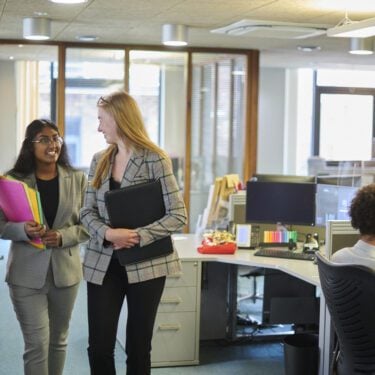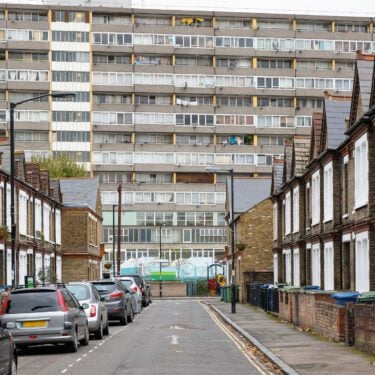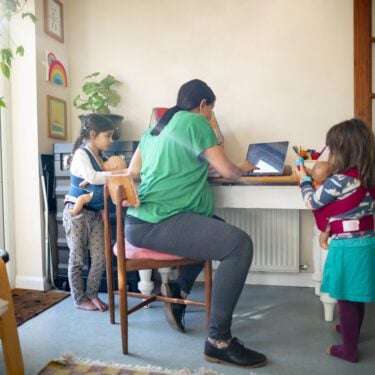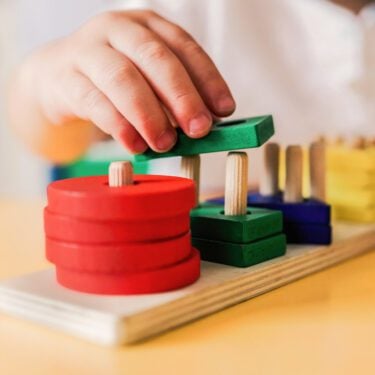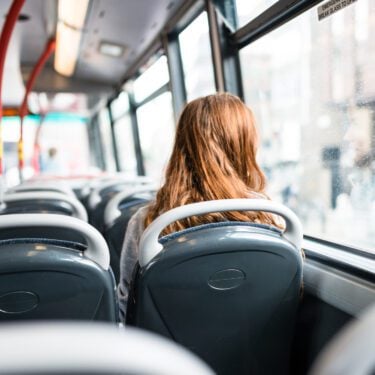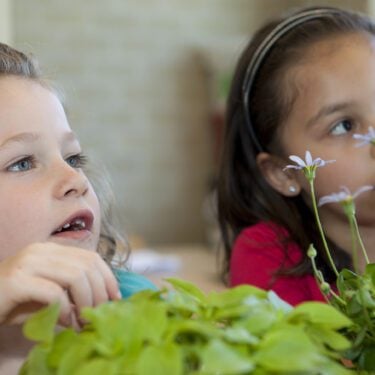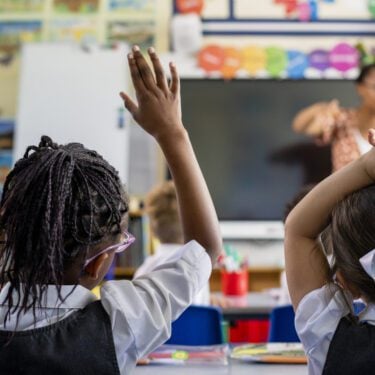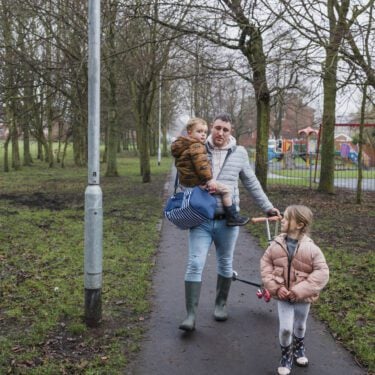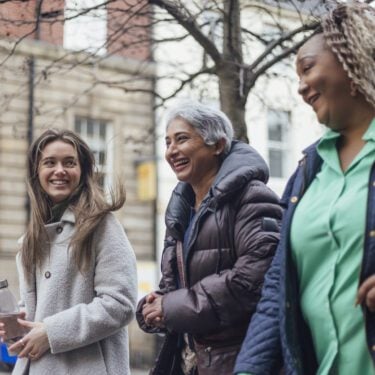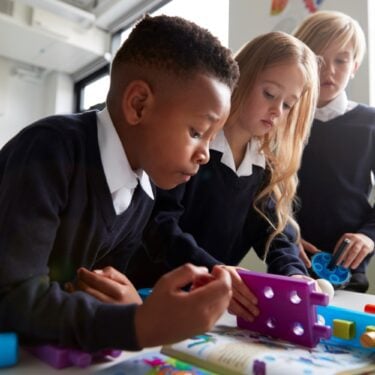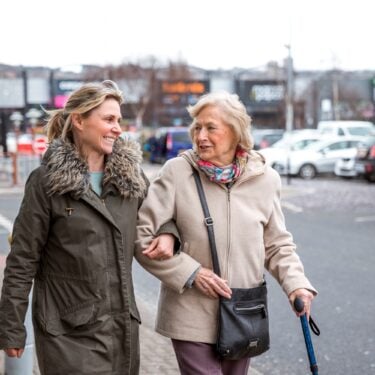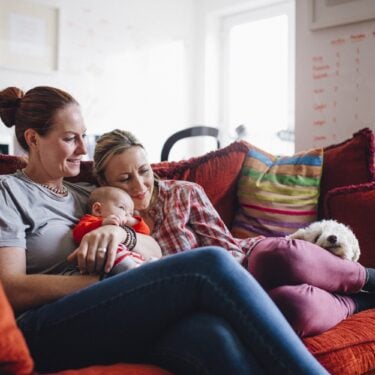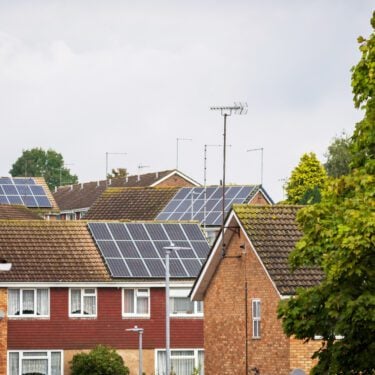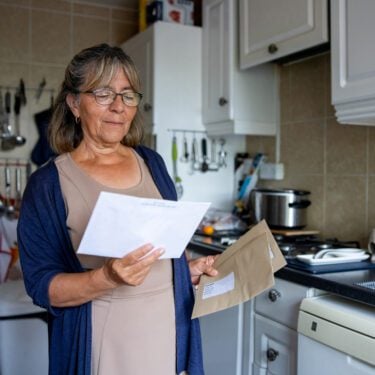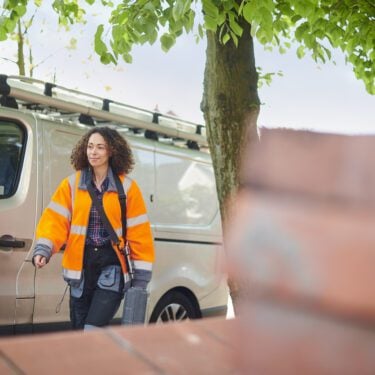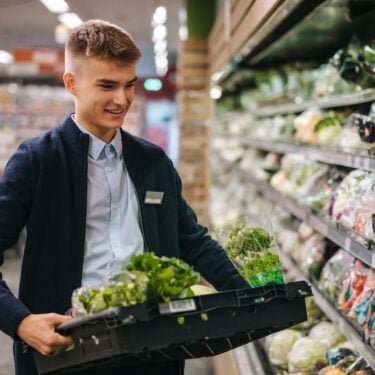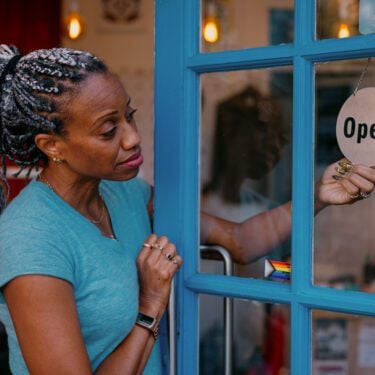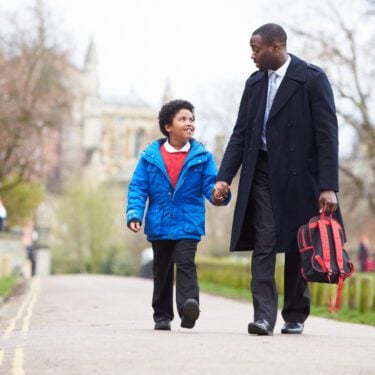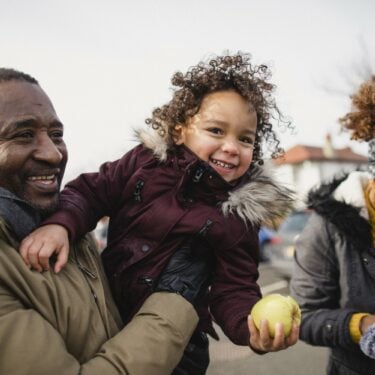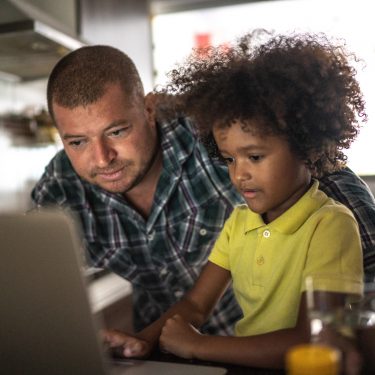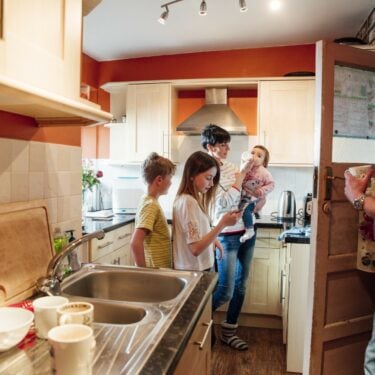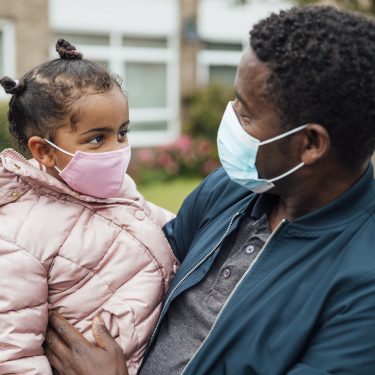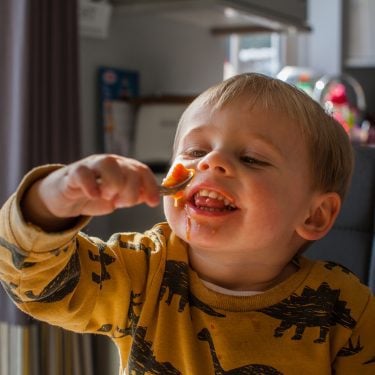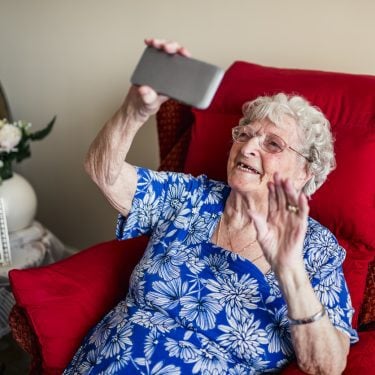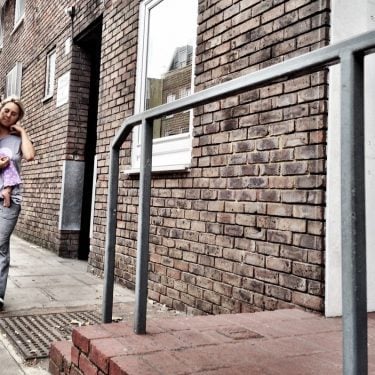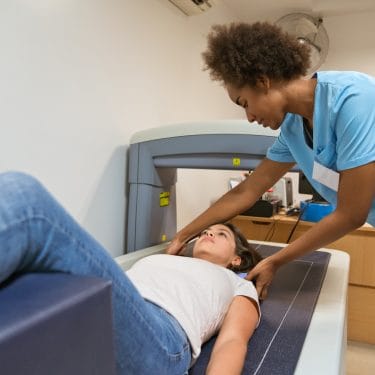
03/06/15
3 min read
Thousands of children – many of them British citizens – become trapped in poverty and vulnerability when their parents are precluded from working or accessing benefits, a study published today by the Centre on Migration, Policy and Society (COMPAS) at the University of Oxford reveals.
Funded by the Nuffield Foundation, the study explores the tension between local government’s responsibility to protect vulnerable children and the “no recourse to public funds” policy (NRPF). NRPF is designed to prevent use of welfare benefits by certain groups of migrants such as people on visas and over-stayers. Precluding access to work or benefits results in local authority Children’s Services departments having to intervene to safeguard children who are found to be in need of services due to destitution.
While central government determines who may access mainstream welfare benefits, it is local government that provides a safety net for some children whose parents have been excluded. An estimated 3,391 such families and 5,900 children were supported under local authorities’ Section 17 Children Act 1989 duties in 2012/3. Whilst local authorities have a statutory duty to protect children in these circumstances, they receive no central government funding to account for this specific cost.
The report was based on a survey of 137 Children’s Services departments in England and Wales, a survey of 105 voluntary sector organisations and 92 interviews in eight local authority research sites.
Subsistence rates for some families being supported under Section 17 were found to be extremely low – sometimes just over £1 per person, per day.
The report finds that most of the families had some form of lawful status or were awaiting decisions from the Home Office on immigration claims. It highlights the poverty in which many of these children and families live for prolonged periods whilst receiving this support, and significant local disparities in the provision of care for vulnerable children. It also demonstrates that while some local authorities gave primacy to the needs of children, others gave greater weight to the immigration status and credibility of parents in determining eligibility for support.
Jonathan Price, co-author of the report, said: “Even after they have started receiving Section 17 support, some children face long periods living on subsistence rates that are well below those deemed minimal for any other category of people in the UK. This raises real concerns about the long-term impact of poverty on these children.”
Charities and churches were playing a crucial role providing advocacy and other services to destitute children and their families, but capacity and expertise on this issue was often limited.
Waiting times can extend into years: the survey revealed that 7% received Section 17 support for three or more years.
Whilst providing a vital lifeline for families, local authorities are unable to resolve the underlying cause of the children’s destitution, and must often wait for the Home Office to resolve cases through granting of status or removal from the UK.
Examples in the report include a number of mothers who are separated from their British partner and are attempting to raise their child but are unable to either work or claim benefits because of their immigration status.
Price added: “Local authorities step in because these are vulnerable people. We found that, prior to receiving local authority support, children and families were living highly precarious lives and were sometimes subject to exploitation. Domestic violence was an element in many referrals.”
The report makes a series of recommendations for measures that should be taken to reduce the risk to children and costs to local authorities – including reducing the amount of time taken to assess immigration cases; increasing awareness of voluntary return programmes and their eligibility criteria; and reviewing minimum acceptable rates for subsistence, taking into account the cost of meeting a child’s needs.
The report, including an executive summary, is available to download from the COMPAS website >>
Related downloads
-
City-Level Responses to Migrant Families with Restricted Access to Welfare Benefits892KB | pdf
-
Executive Summary: Safeguarding Children from Destitution – Local Authority Responses to Families with ‘No Recourse to Public Funds’330KB | pdf
-
Report: Safeguarding Children from Destitution – Local Authority Responses to Families with ‘No Recourse to Public Funds’2MB | pdf

